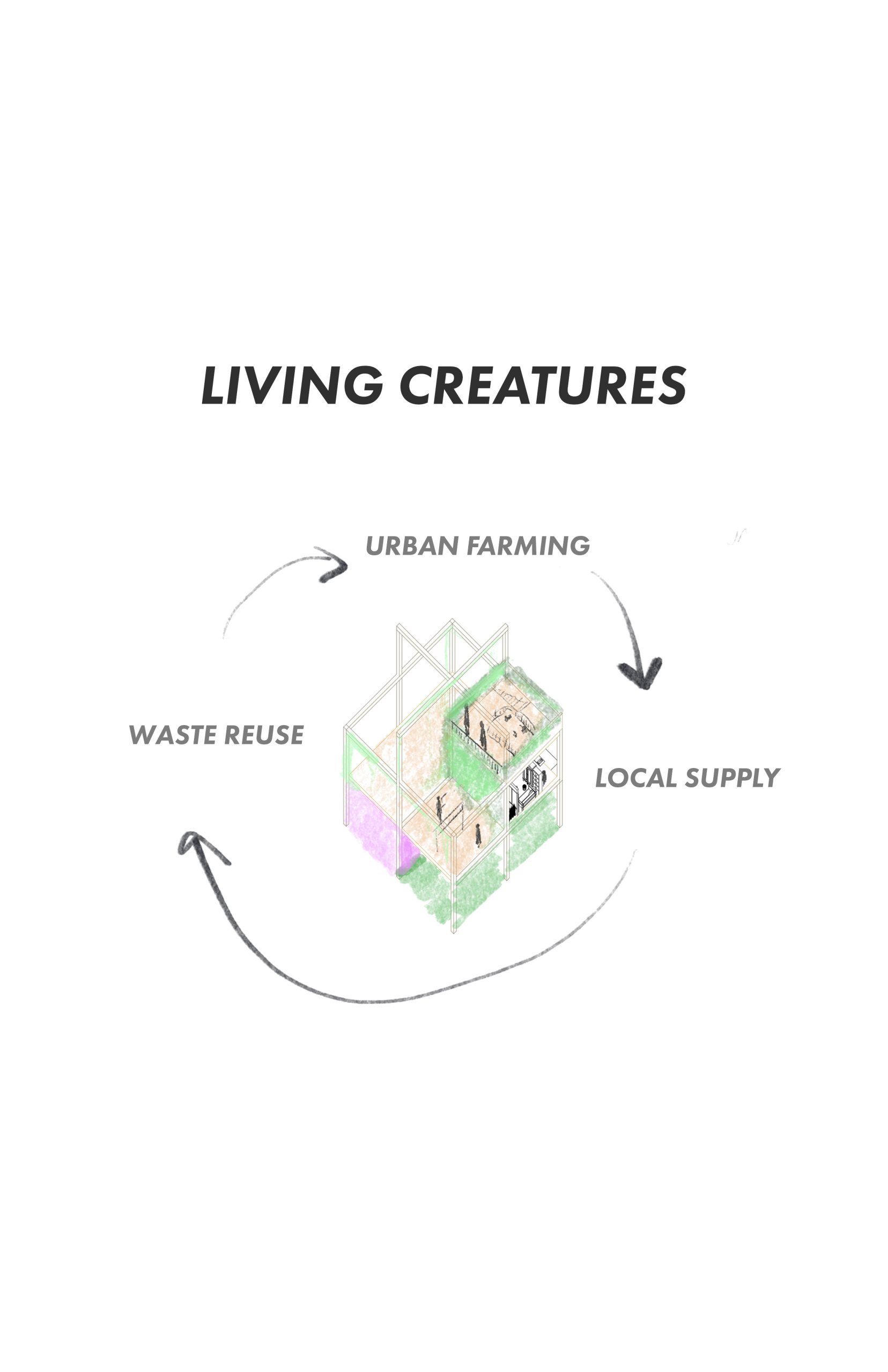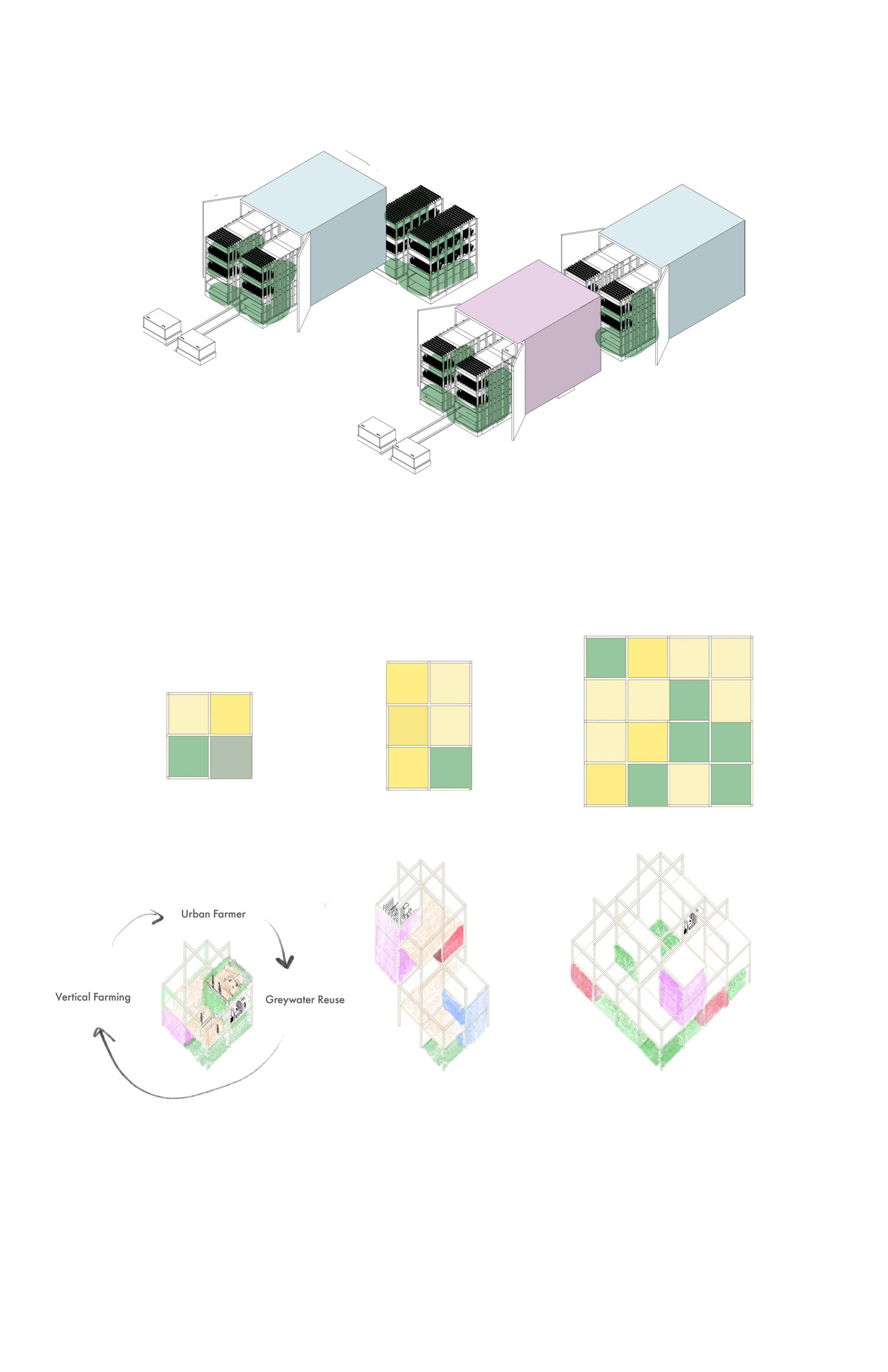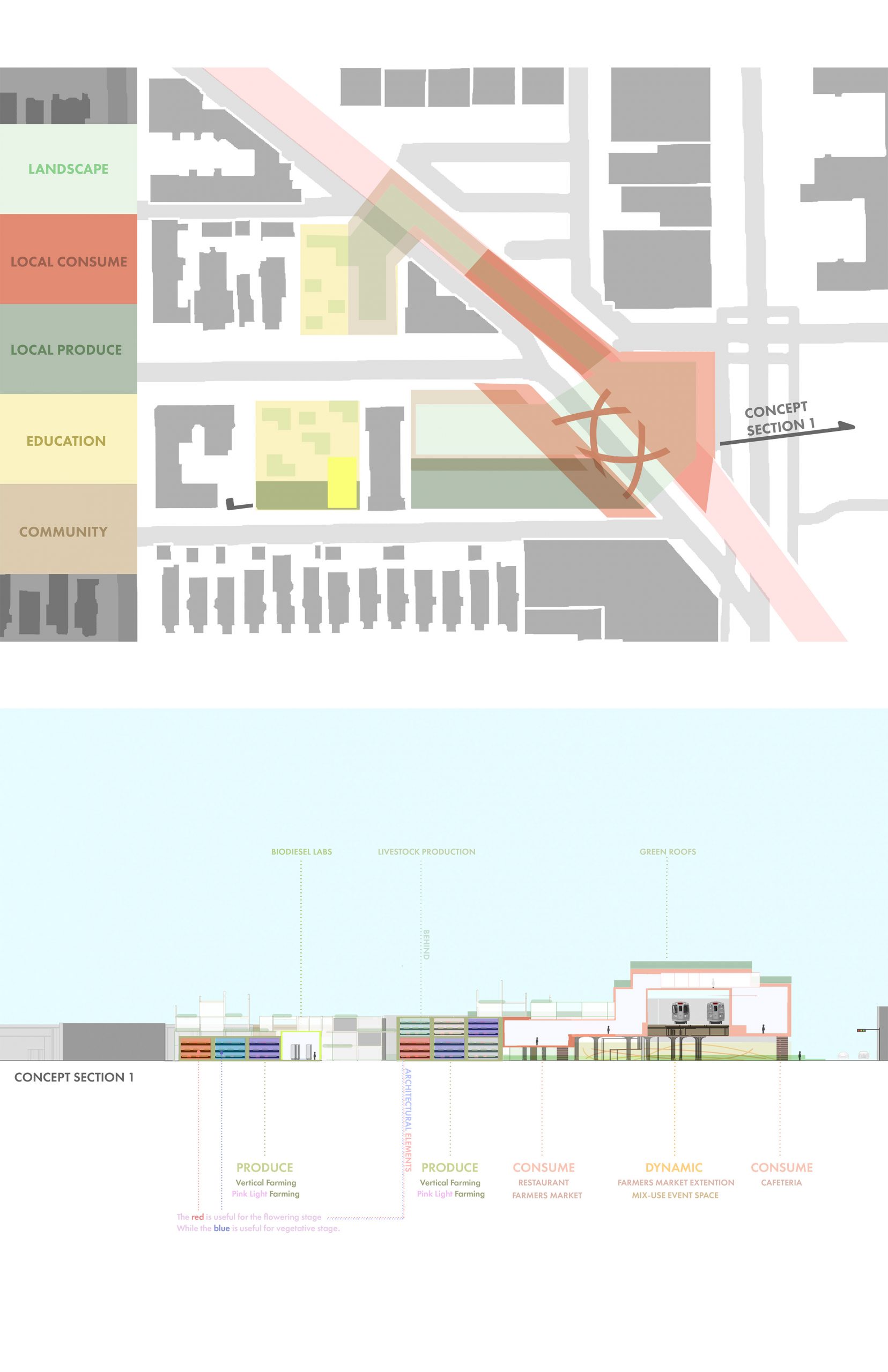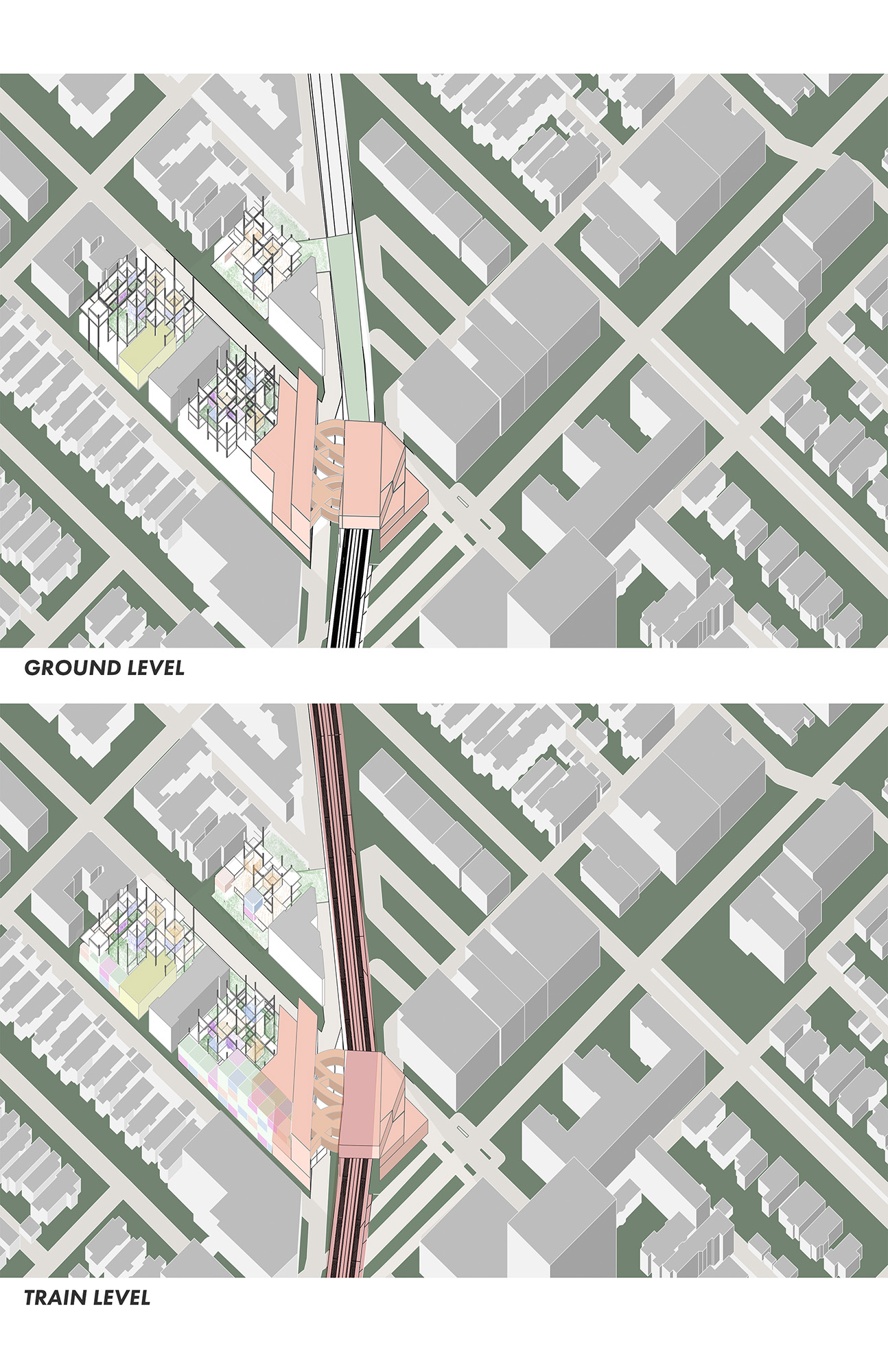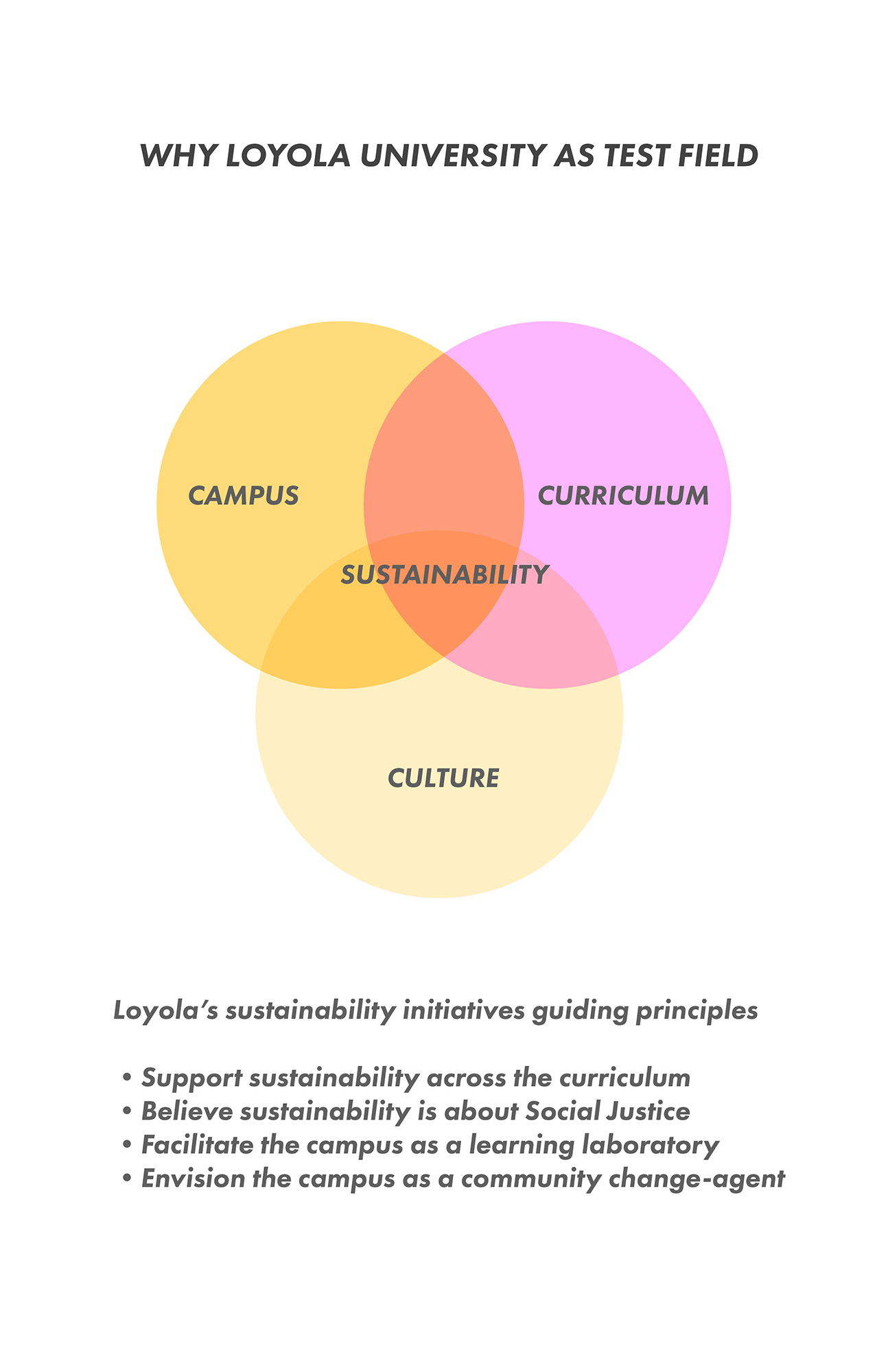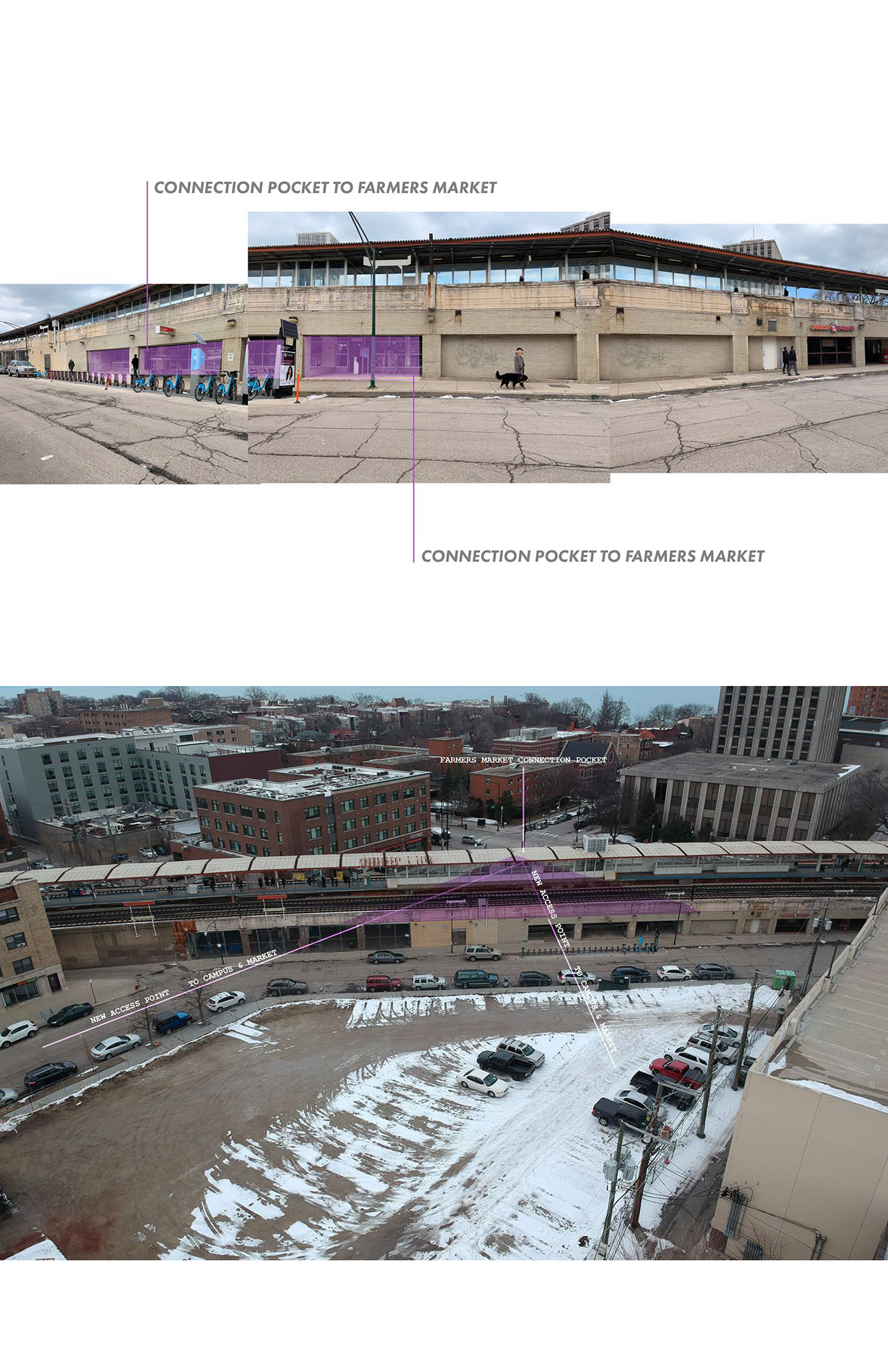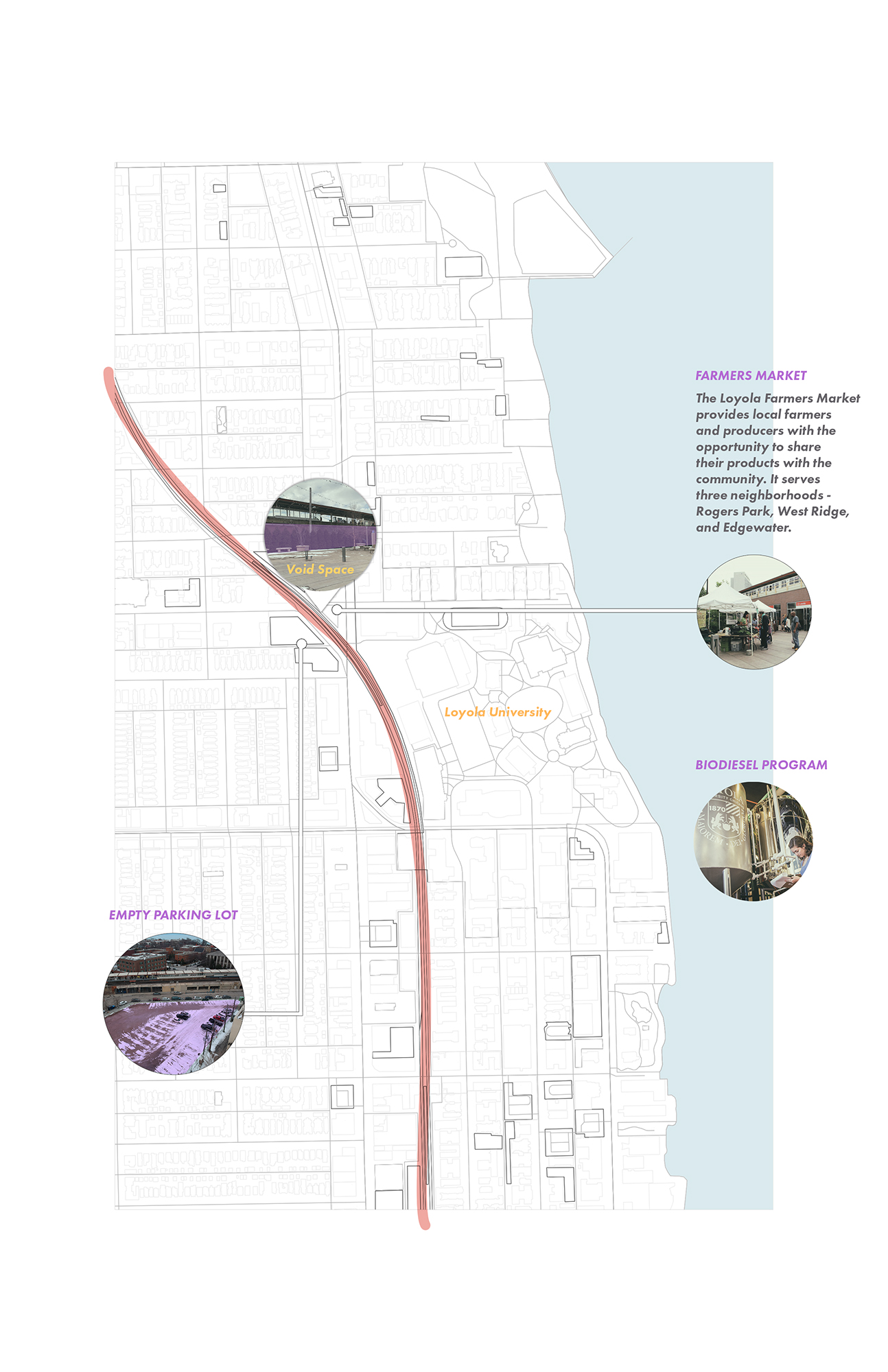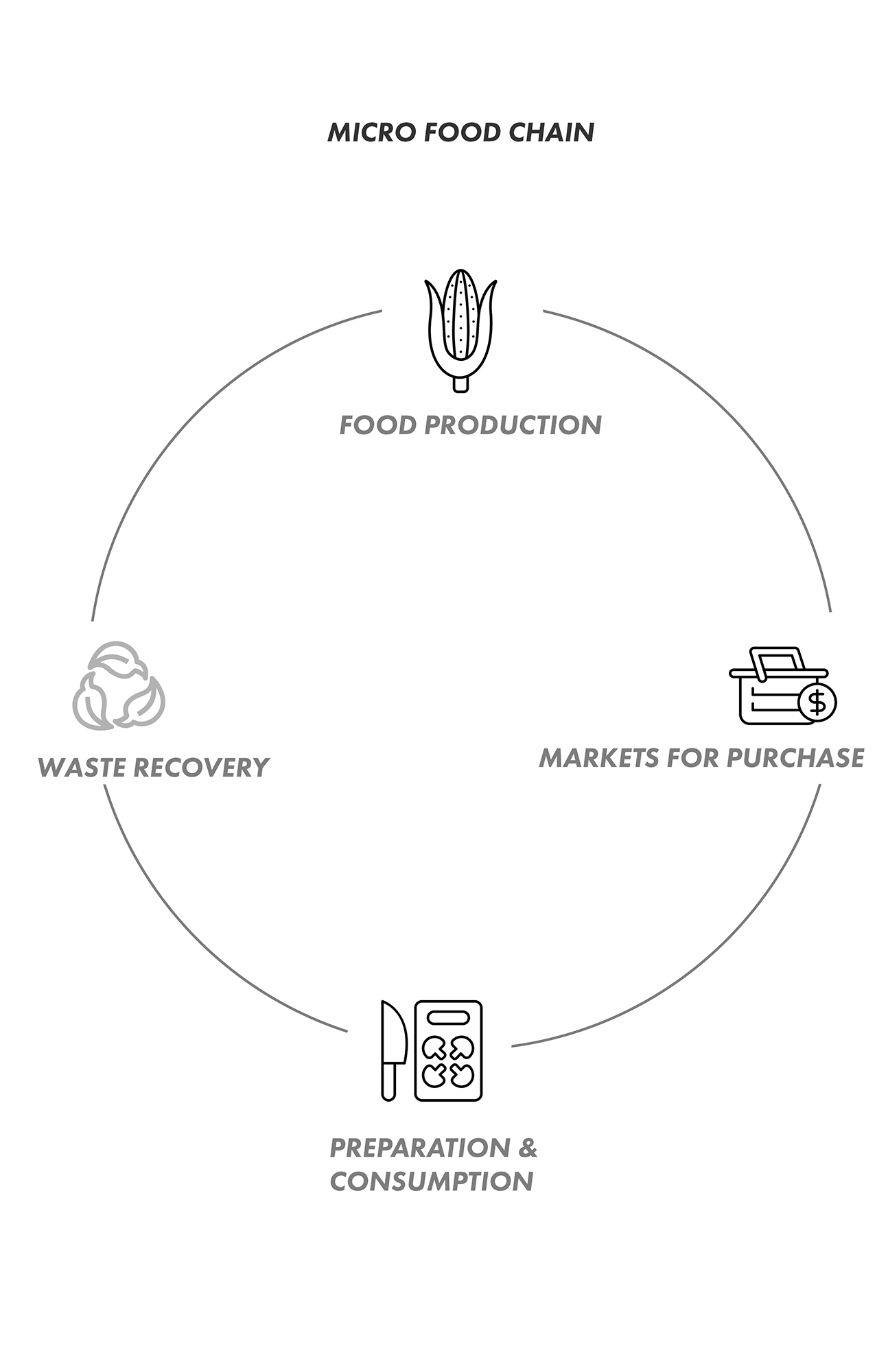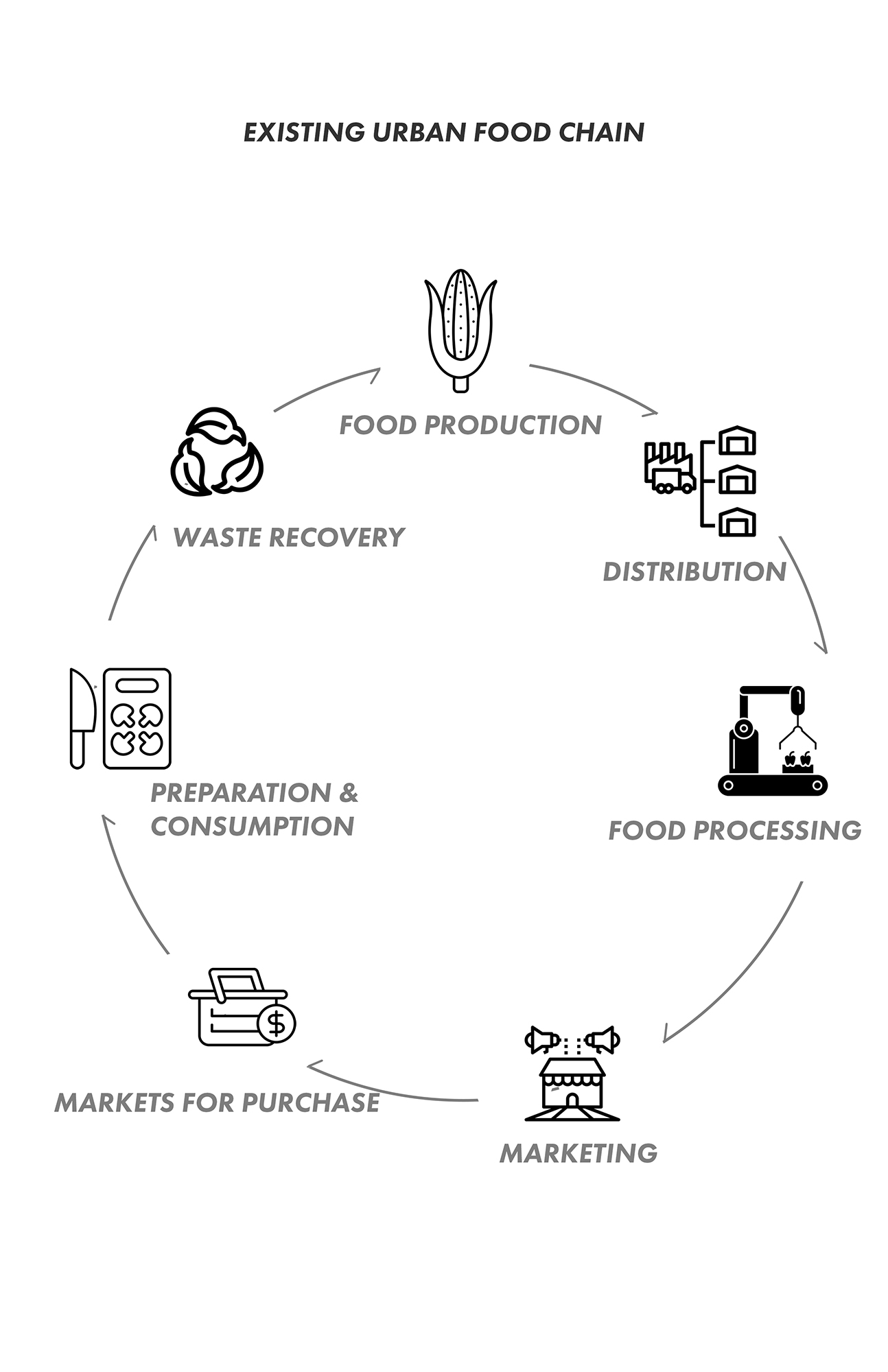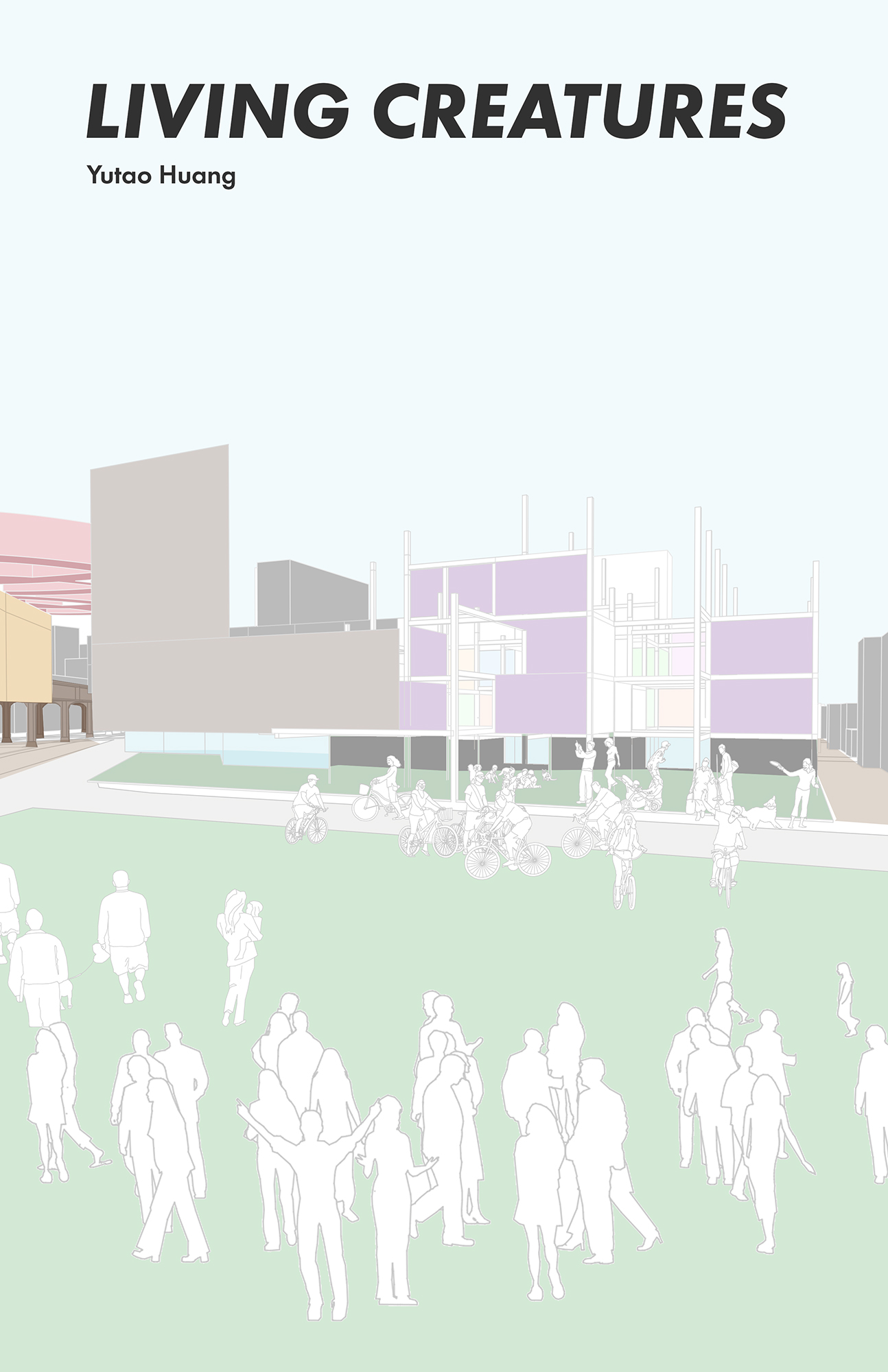The demands for energy has increased along with the pace of the human race’s development. The balance of our planet earth shakes with excessive Carbon dioxide, Methane, Nitrous Oxide, F-gases resulting in Global Warming. The Flood in Venice, the Australian bushfire, and many other signs are sound evidence that finding a solution to reduce carbon release is an urgent mission and responsibility of all architects.
Architecture is heavily responsible for GHG(Greenhouse Gas) Emissions. Building materials and construction waste produce 11% of annual global GHG emissions. 28% of GHG Emission is produced by Building Operations. Wasted materials from the construction of buildings are reusable. Greywater, cooking oil, and heat gain from the sun are reusable. The previous generation of architecture didn’t offer the capacity of growing food- vertical farming, reusing rainfall- greywater or composing waste- biodiesel facilities to turn material into products.
The Urban Jungle, the title of a book by Upton Sinclair describes the lives and atrocities of the Chicago Union Stockyards producing food for the world but polluting the very source of water and land in which the stockyards were built and limiting the prosperity of workers and their families. The Urban Jungle today refers to the life of the streets, the alleys, subway systems, and impoverished neighborhoods. It describes the densely packed living area with residential and commercial, civic and educational, recreational, and leisure activities of people without the opportunities to flourish. The Urban Jungle is not able to function on its own, requiring outsourcing of energy (from the US- three electrical grids; food, from global distributors, flying and shipping grapes and bananas and salmon to affluent neighborhoods without food deserts. Today’s urban “jungle” lacks cohesiveness and connection between the underserved and the affluent and sustainable connectivity between human and ecological systems.
These Cube Cells remind us of the source of our living on earth and asks architecture to be more responsive in its design. It’s also a way to imagine how we can adapt to our existing architectural language. Reusing building waste, growing food, inviting social interactions are other ways effective ways nature reduces greenhouse emissions and so can humans. Perhaps the building shouldn’t begin on the ground floor, but follow Corbusier’s theory, raising the building on pilotis and allowing the prairie to grow free.
